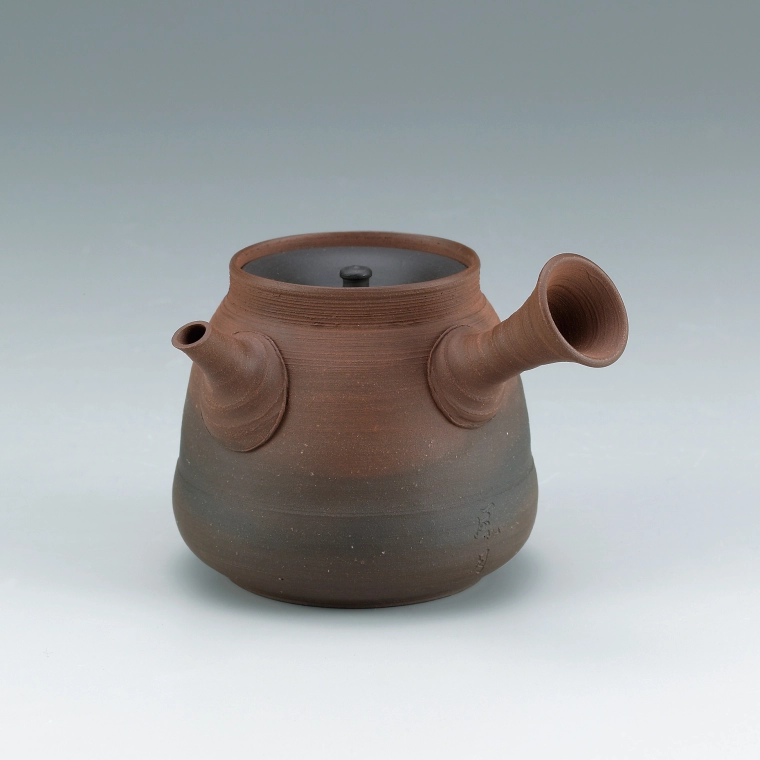Tokoname teapot of pear skin clay with kiln mutation effects.
H 8.7 x W 11.0 x D 9.4 cm,Year.2016Fugetsu Murakoshi
1950 -- Ceramics
-
Price Range
Under $1,000
Info
The prices of the artworks on Gallery Japan are determined by the artists themselves and are published directly on the website.
close - Awards at Japan Kōgei Assoc. Exhibitions : 1
Description
-
CategoryCeramics
-
DimensionsH 8.7 x W 11.0 x D 9.4 cm
-
Year presented2016
-
RarityUnique
Techniques Used
Klin effects
Kiln effects (yōhen) is a term that describes a wide variety of spontaneous expressions produced by the interaction of the kiln atmosphere and the surface of the vessel during firing, including oxidation and reduction effects. The cracks, flashing patterns, and natural ash glaze effects on unglazed wares such as Bizen and Shigaraki are famous examples of kiln effects.
Selected exhibitions
- The 63th Japan Traditional Kōgei Exhibition (2016)
- Selected
Please feel free to contact us to commission work, check artworks available for purchase etc.

